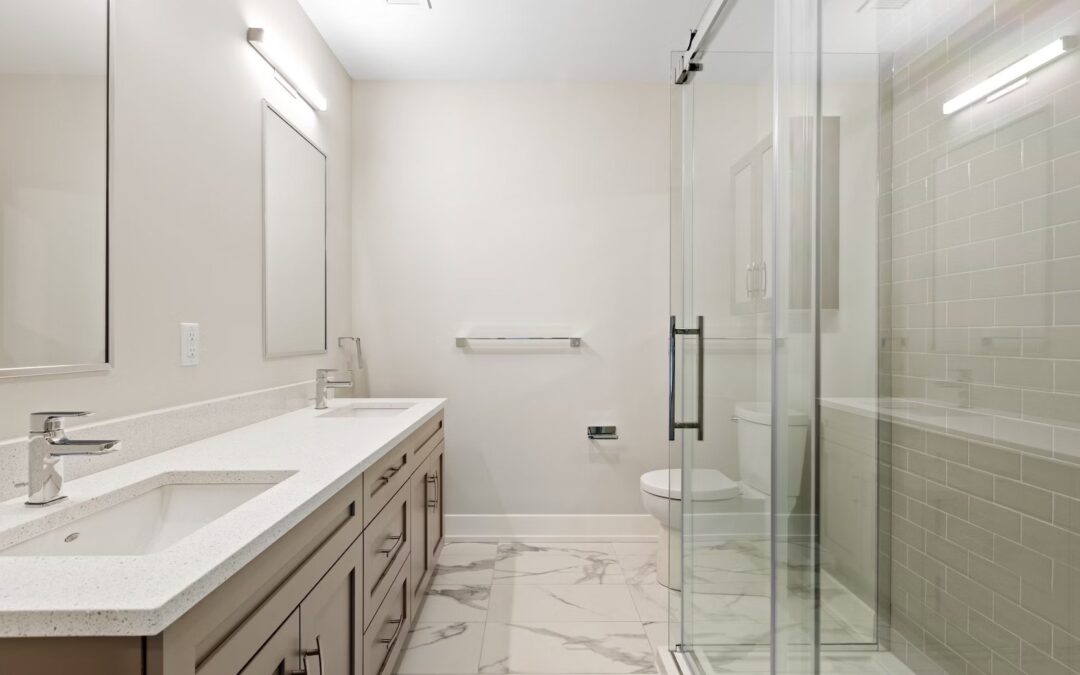A sewage backup is not only a nuisance but also a health hazard that requires immediate attention. When confronted with such an emergency, knowing the right steps to take can prevent further damage and safeguard your family’s well-being. This blog dives into essential actions you can take when faced with a sewage backup, providing insights to help you handle the situation efficiently and effectively.
1. Ensure Personal Safety: The foremost consideration in any sewage backup situation is safety. Sewage water can contain harmful bacteria and pathogens. Wear protective gear, avoid direct contact with the water, and keep children and pets away from the affected area.
2. Assess the Extent of Damage: Evaluate the extent of the damage caused by the sewage backup. Take photographs and notes to document the damage, as this information will be crucial for insurance claims and cleanup planning.
3. Stop Water Flow: If the sewage backup is caused by a specific plumbing issue, such as a blocked pipe, turn off the water supply to the affected area. This can help prevent further contamination and flooding.
4. Call in Professionals: Sewage backup cleanup is not a DIY task. Contact professionals who specialize in sewage cleanup and restoration. They have the expertise, equipment, and experience to handle the cleanup safely and effectively.
5. Begin Cleanup with Caution: While waiting for the professionals to arrive, you can start the cleanup process cautiously. Wipe down and disinfect surfaces that have come into contact with sewage water using appropriate cleaning agents. Dispose of contaminated items and materials properly.
Conclusion
A sewage backup is a situation that demands swift and strategic action. By prioritizing safety, assessing the damage, stopping the water flow, and seeking professional assistance, you can mitigate the immediate and long-term effects of the backup. Remember that timely intervention not only preserves your home’s integrity but also ensures the health and safety of your loved ones.

